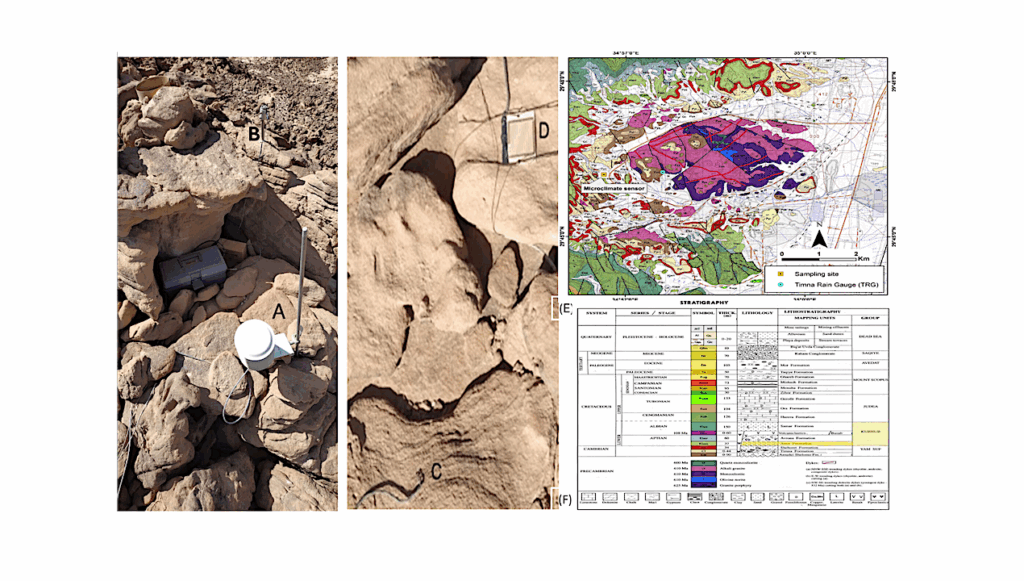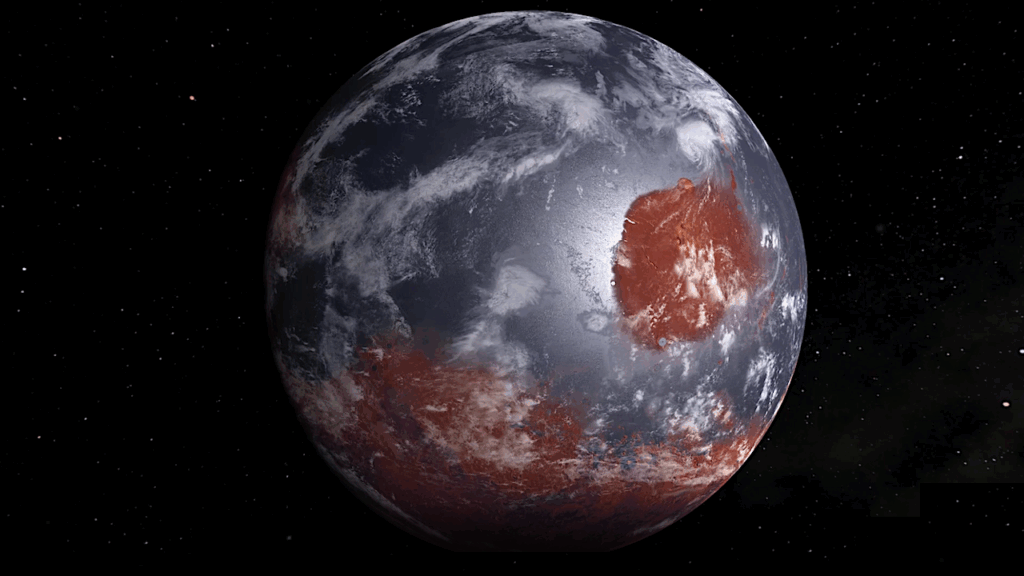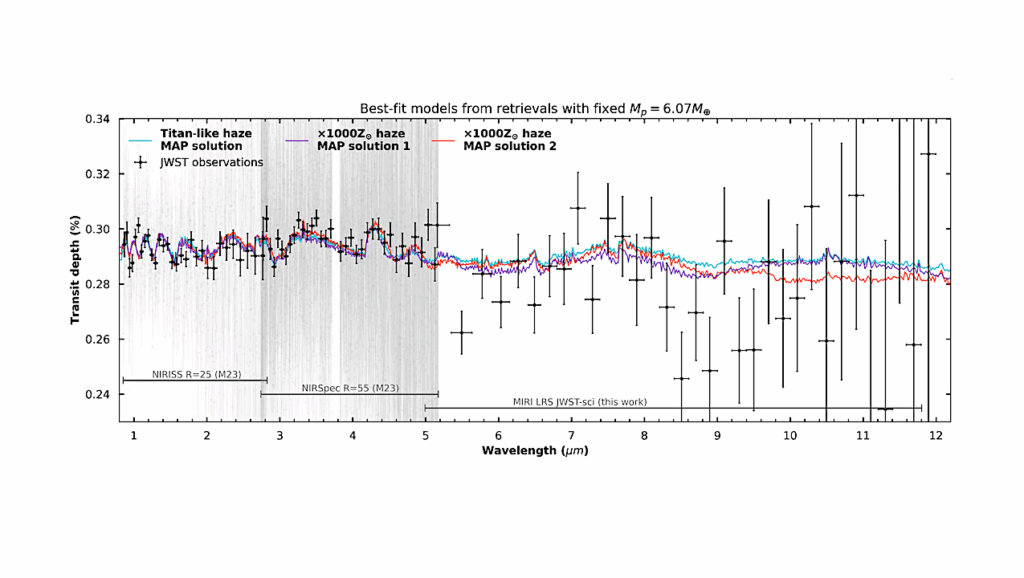Sensitivity Of The Atmospheric Water Cycle Within The Habitable Zone Of A Tidally-Locked, Earth-like Exoplanet

Synchronously orbiting, tidally-locked exoplanets with a dayside facing their star and a permanently dark nightside orbiting dim stars are prime candidates for habitability. Simulations of these planets often show the potential to maintain an Earth-like climate with a complete hydrological cycle.
Here, we examine the sensitivity of the atmospheric water cycle to changes in stellar flux and describe the main underlying mechanisms. In a slowly-rotating, tidally-locked Earth-like atmospheric model, the response to a small (about 10%) increase in stellar irradiance from a habitable-zone control simulation is examined. The water cycle is enhanced in response to the increased stellar irradiance. While the evaporation increase behaves similarly to the stellar radiation increase, the day-to-night energy transport by the mean circulation is critical to the planet’s precipitation changes. Increased efficiency of the energy transport in a warmer climate shapes the substellar precipitation increase. On the nightside, precipitation changes are weak as a result of the large cancellation between the increased energy transport and the increased longwave emission.
The day-to-night energy transport efficiency is sensitive to the variation of the atmosphere’s vertical stratification. Due to weak temperature gradients in upper troposphere and a moist adiabat maintained in the substellar region, variations in the substellar surface temperature and specific humidity govern the increase of the planet’s stratification with warming. This suggests a scaling of nightside’s precipitation based on the substellar surface thermodynamic changes, a sensitivity that holds over a wider range of stellar irradiance changes.
Marie-Pier Labonté, Timothy M. Merlis
Subjects: Earth and Planetary Astrophysics (astro-ph.EP)
Cite as: arXiv:2007.04172 [astro-ph.EP] (or arXiv:2007.04172v1 [astro-ph.EP] for this version)
Submission history
From: Marie-Pier Labonté
[v1] Wed, 8 Jul 2020 15:01:38 UTC (2,668 KB)
https://arxiv.org/abs/2007.04172
Astrobiology








